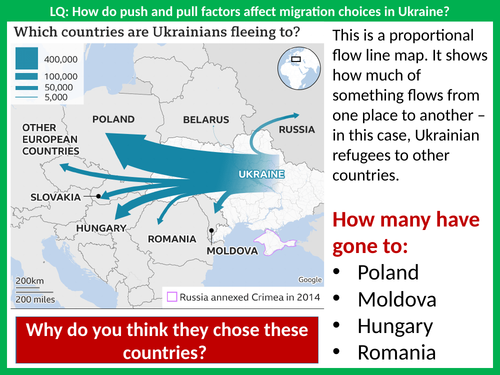Thomas Molloy's Shop
I'm a Head of Geography at a 11-16 secondary school in Leicestershire, UK. I enjoy creating lessons that students enjoy - so you will not find reams of text on the board for them to read or for you to transmit. I believe in a range of engaging activities per lesson.




















